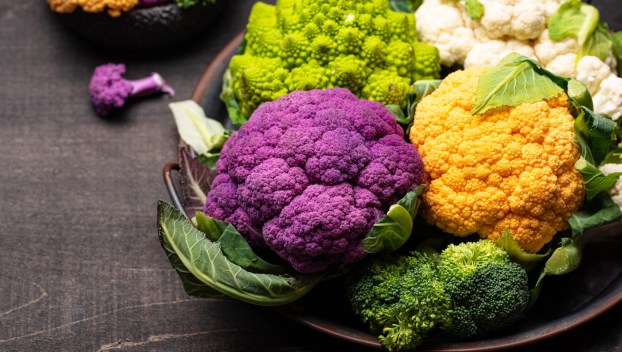
Lifestyles
Cauliflower is a head above the rest
I can’t tell you how many conversations that I have had recently with folks about trends that seem ... Read more

I can’t tell you how many conversations that I have had recently with folks about trends that seem ... Read more